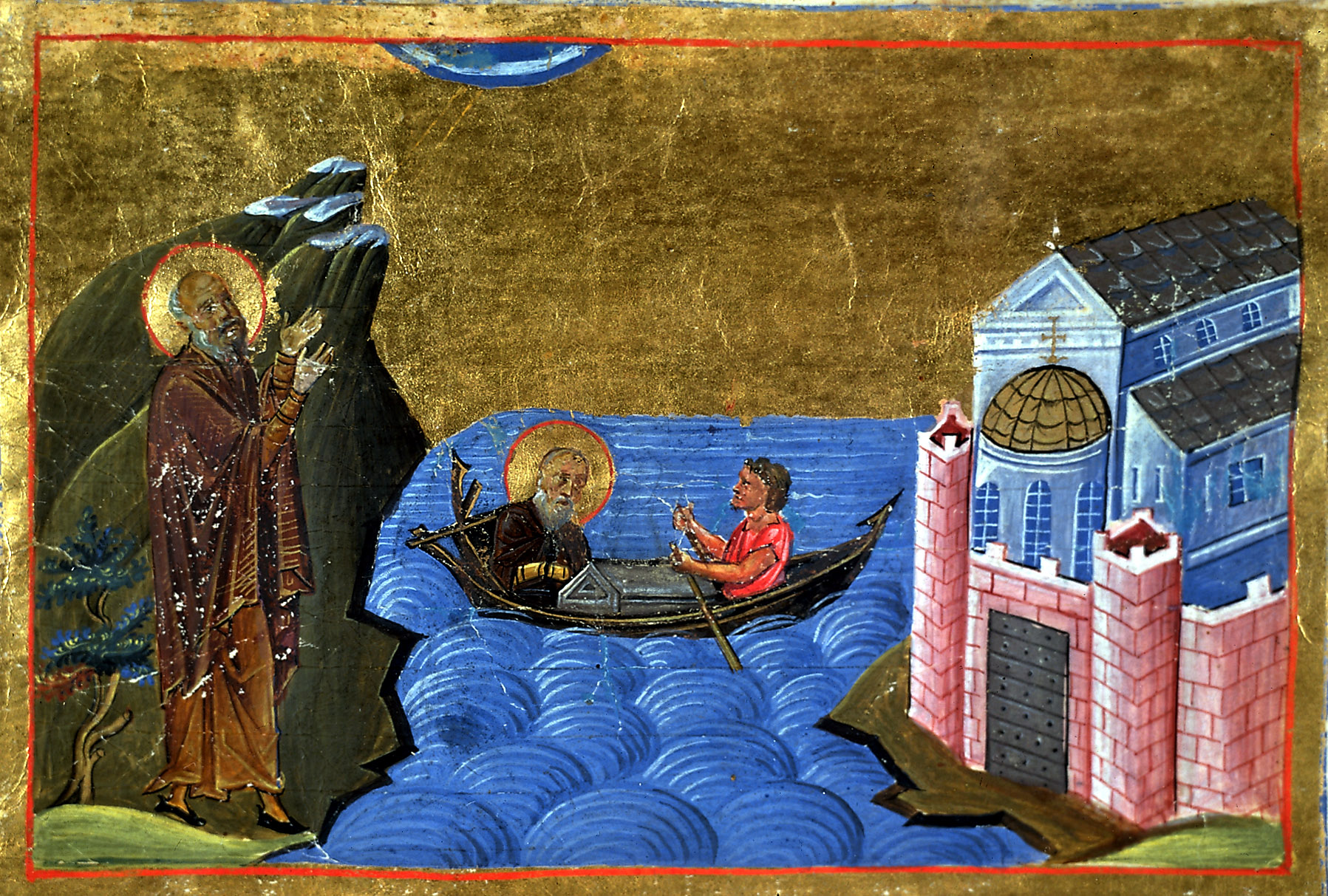Old Orthodoxy is a faith of lookers, seekers and searchers. There are stories of how a person from one group (soglas) switched to another one, or how a Nikonian became an Old Believer, or how an Old Believer apostasized and joined Yedinoveriye, or, even worse, became a full-blown Nikonian. In our post-religious age, same thing happens among those who become interested in religion. There is abundance of choice and so a person has to naturally limit that choice in order to not go crazy. He or she often creates a set of criteria, by which to determine whether it is a religion for them (for a more subjectivist crowd) or whether it is a true religion (for a more objective type). The problem is often times this aforementioned set is based on preconceptions or, more accurately, premisconceptions. Sometimes a person will brush off an entire tradition, because for some reason he\she is not even interested in it. Take for example a person, who understands Protestantism is false. His\her natural choice is Orthodoxy or Catholicism. But why not the Oriental Churches, why not the Assyrians? Well, isn't it obvious that they are marginals, that Ephesus or Chalcedon are obviously legitimate? In short, no, it isn't obvious, at least it was not obvious enough for those, who were involved in controversies and those nations that fell away from unity. I am saying all of this to illustrate the way people knowingly or unknowlingly limit their knowledge based on things that they decided are obvious. Some just find a religion aesthetically appealing and sometimes that appeal is so overwhelming, they do not care that being a Chinese Copt is strange. In many ways this is unavoidable.
 |
| Hundred Chapter Council |
For most of the time, Old Believers limited themselves to literature that they trusted, i.e. books that were printed and were popular at around the time of Patriarch Joseph of Moscow. Those books are known as Books of Josephite Print (knigi iosifovskoy pechati) or simply old-printed books (staropechatnye knigi). This has to do with the fact that Old Believers can be sure of these books' orthodoxy. This rests on a famous Third Rome narrative, which goes something like this. Russians recieved their faith from the Greeks, the new Romans. First the old Rome was destroyed and then the old Romans themselves fell away from the truth, leaving the Byzantines as the only Rome. However, soon enough they started being influeced by the Latins and perhaps other heretics, thus watering down their orthodoxy. Even before the fall of Constantinopole, Russians stopped trusting the Greeks, but after the fall were able to claim themselves as the citizens of the Third and last Rome. Finally, Ivan IV gathered the Hundred Chapter Council (Stoglavy sobor), which codified and confirmed the correctness of Russian rites (dogmatic issues were not important to Russians, since they simply accepted what is written in books as is). This is how Russia became the last defender of the real Orthodox faith. Whatever was preserved by the Russian Church and whatever was written and printed was also the only thing worth knowing, because OBVIOUSLY Russian Church then was the true Church (almost synonymous with Holy Catholic and Apostolic Church).
 |
| D. Zhukov "Debates about Faith" |
In the late 19th, early 20th century, the co-called Nikonians made translations of the Fathers from Greek and Augustine from Latin. Old Believers had to decide whether it is possible to use these translations. Most of those who accepted priests, as well as Pomorians (the largest priestless Old Believer group) decided in the affirmative. Not only did these new books not pose any threat to them but could prove their positions (whatever the position was). Of course, this presented a question they did not see coming: what is Holy Tradition? The definition stayed the same but the main core of the tradition, i.e. writings of the Fathers, expanded and thus, new positions and new opinions could be found in or derived from these new translations. The world of knowledge was very limited for the Old Believers. They were able to extract so much from it but was clearly not everything one needs to know. This helped some to make the leap and see the world outside of their usual books. Augustine, for instance, was used to show how heretics can enter into Church with their consecrations recognised as valid, even if there are no sacraments outside of the Church. However, aside from Augustine (and this is also true for the Eastern Orthodox in general) writings of other Western fathers were not widely translated and in any case were not that popular. Thus, opinions of Augustine could be brushed off as contradicting the Consensus Patrum.
It is interesting, however, that many issues discussed among the Old Believers were never discussed among the mainstream Orthodox Christians. The issues of Mary's sinlessness, nature of priesthood and church hierarchy, the person of antichrist, spiritual communion and many such issues that resembled more polemics between Catholics and Protestants. In the next few posts I will discuss these, which in turn will draw attention to questions that some take for granted or do not even consider.




No comments:
Post a Comment